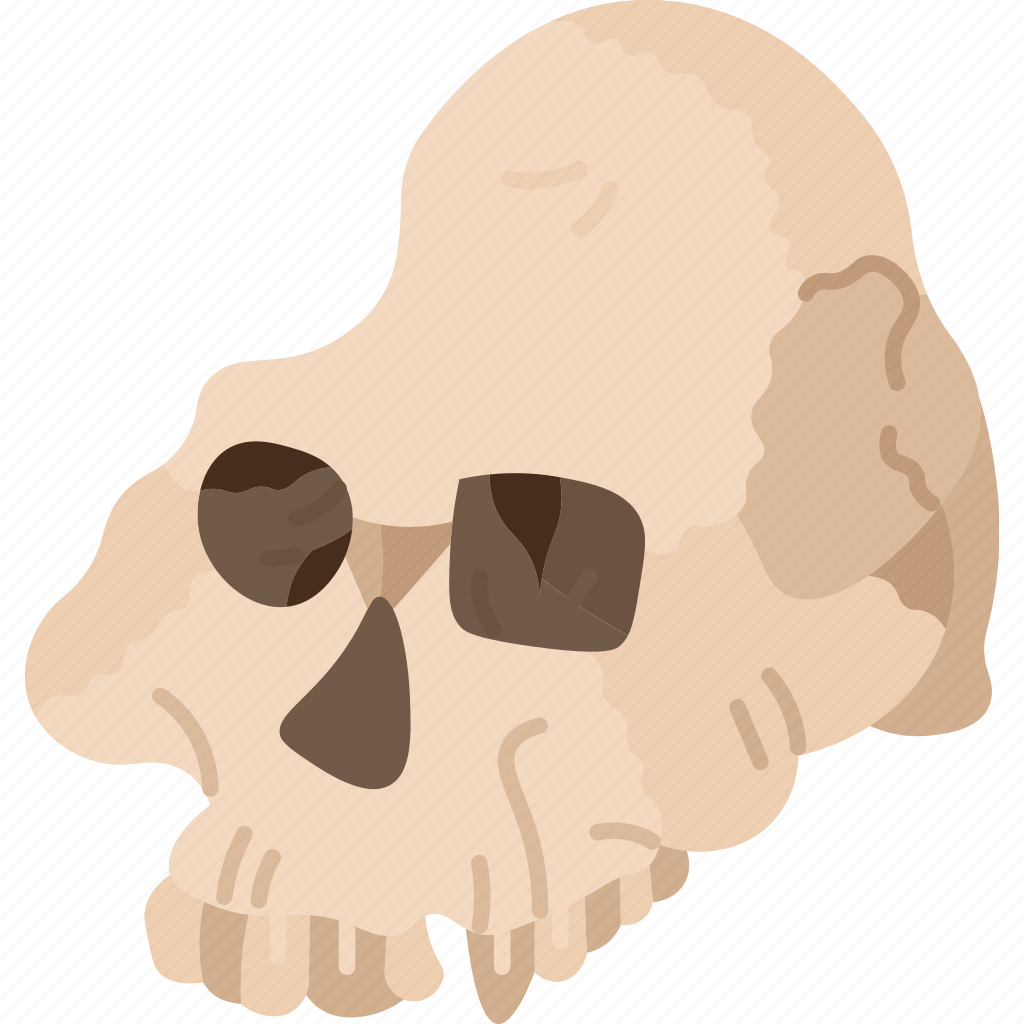Quick summary: a tablet written in Hittite, from a likely vassal to their king, recounts how Attaršiya [Atreus?] of Ahhiyawa [the Achaeans] and his sons attacked Taruiša [Troy]. And at the end there’s a fragment in another Anatolian language, Luwian, saying the following:
wa-ar-ku-uš-ša-an ma-a-aš-ša-ni SÌ[R
wrath.ACC god(dess).VOC? si[ng
So roughly “Sing, oh goddess, the wrath…”
This is pretty much how the Illiad starts in Greek:
μῆνιν ἄειδε θεὰ Πηληϊάδεω Ἀχιλῆος
mênĭn áeide theā́ Pēlēïádeō Akhĭlêos
rage.ACC sing.IMP goddess.VOC Peleus.GEN Achilles.GEN
Sing, oh goddess, the rage of Achilles [son] of Peleus


I’ve seen biblical scholars point out how prevalent Homer’s work was in the mind of people at the time, and that leveraging these themes were a huge draw for attempting to spread a new religion. seems that’s why Luke has this huge raging sea sequence when the sea of galilee is like a puddle, pretty silly really.
But this is a Hittite tablet. So it predates Homer by centuries.